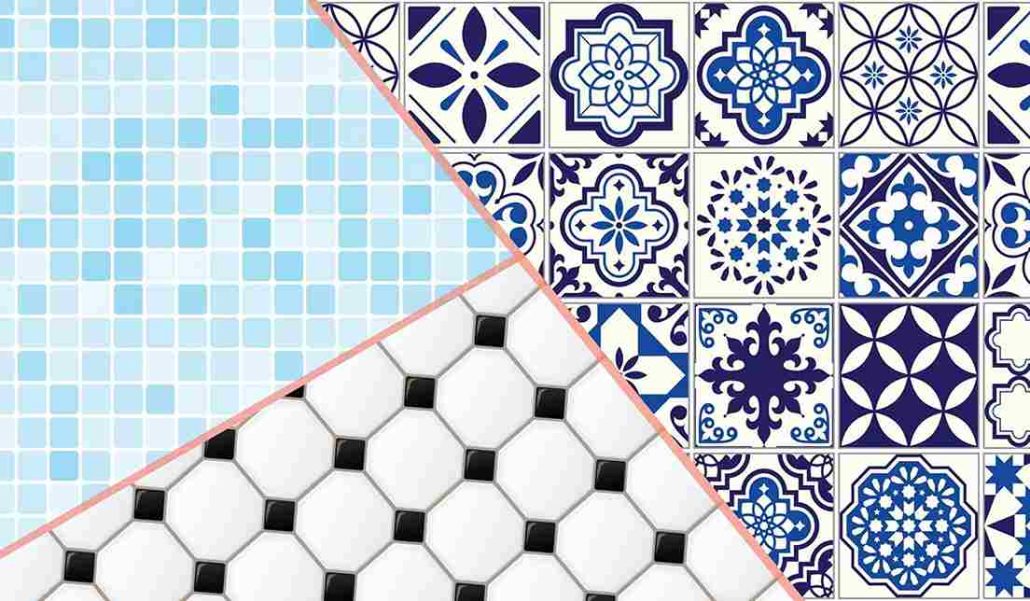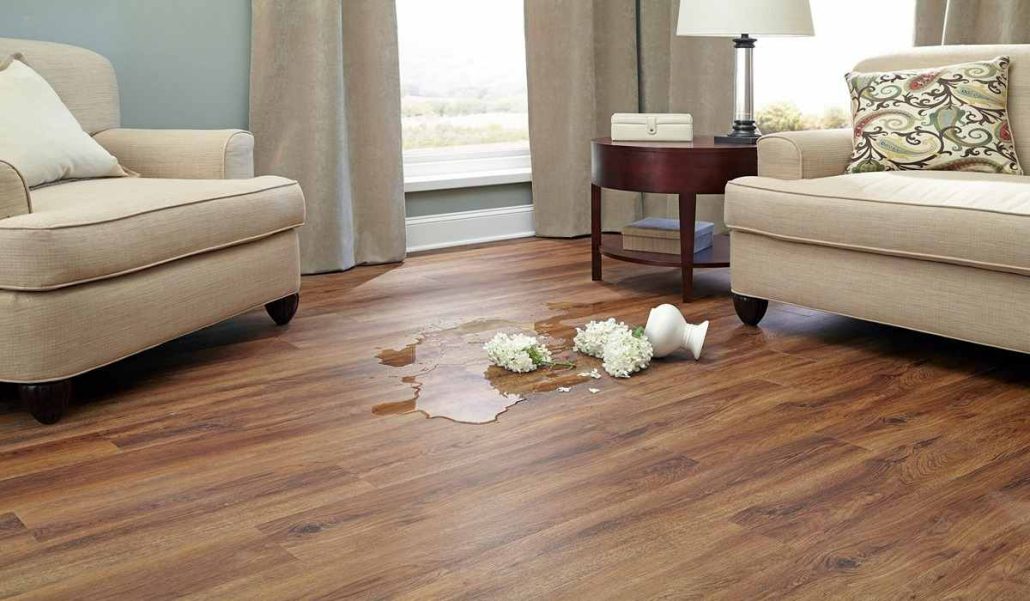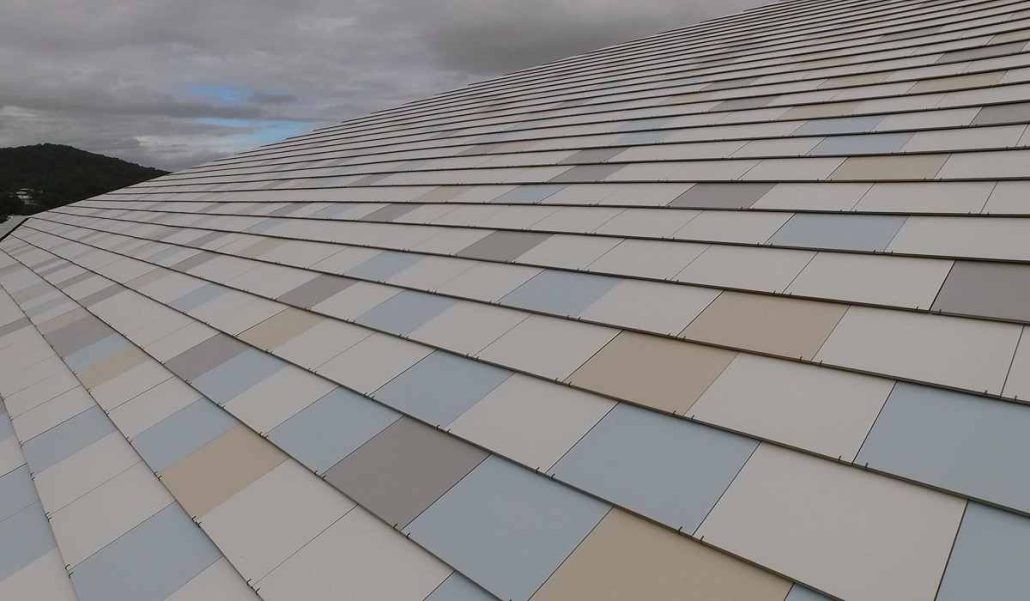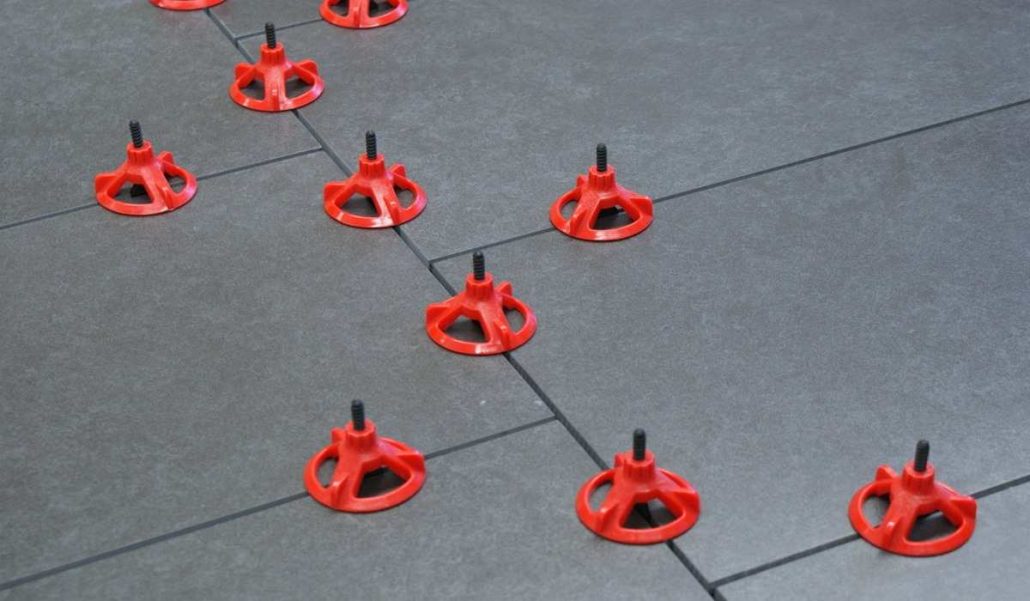Buy the best types of Fireplace Tile at a cheap price
Which type of tile can you use for your fireplace, among the countless alternatives available? Compare ceramic tile vs porcelain tile
Most wall tiles are suitable for use around fireplaces
Check to check if they are recommended for use in high-temperature situations to be sure
Choosing a tile recommended for a backsplash is additional expertise
For centuries, ceramic has been employed for hearths and fireplace surrounds
In the late 19th century, ornamental tiles gained favor
Ceramic is durable enough to meet the requirements of the fireplace and can efficiently withstand heat
You may opt to use a thicker tile for the fireplace so that it lasts longer

Porcelain is another fantastic alternative for the fireplace
Because it is burned at a higher temperature than ceramics, unless it is glazed, its look is rather unique
As a result of its widespread use, there are often more options available, and it can endure high temperatures just as well as ceramic
Extra-large porcelain slabs are growing in popularity as a result of their exquisite, flawless look
There are several alternatives available for remodeling or installing a fireplace in a home
Consider the type of tile that should be utilized for the hearth in front of your fireplace
Ideal fireplace tiling materials include ceramic, porcelain, marble, and granite, which are resistant to heat and can withstand high temperatures
Hearth and hearth extension refer to the floor areas within and immediately surrounding a fireplace
To prevent sparks from igniting beyond the fireplace, the hearth and hearth extension should be made with materials that can withstand high temperatures, such as ceramic or stone
The depth and size of a home’s fireplace play a key role in preventing fires

Depending on the size of the fireplace, hearth extensions must be at least 2 inches thick and extend between 8 and 12 inches beyond the fireplace’s edges
When picking the appropriate tile for your fireplace hearth, it is essential to choose both secure and stylish materials
To decorate your fireplace hearth and make it the focal point of your home, there are numerous tile options available
Ceramic has been the material of choice for fireplace hearths for centuries due to its versatility and guaranteed heat resistance
Ceramic is created by combining clay with various minerals and water, which is then burnt in a kiln
Ceramic is used to create tiling, bricks, dinnerware, and everyday household products such as toilets
In addition, it may be easily cleaned with hot water, half a cup of vinegar, and a few drops of dish soap
Due to their similar production methods, porcelain and ceramic tiles are sometimes confused; nonetheless, they are distinct materials
Porcelain is more durable than ceramic because it is made from refined clay and fired at a higher temperature
In addition to being available in a variety of styles and hues, porcelain is a popular material for countertops, walls, and fireplace hearths
In addition, it is simple to clean with a multipurpose cleaning spray or with soap and water
Choosing the tile material that complements your home’s aesthetic and your budget requires careful consideration

Concentrate on the tile’s size, color, and pattern after selecting the proper material
Ceramic tile, which is often constructed of clay, is available in a range of patterns, such as the classic subway pattern, ornate mosaics, and different works of art
Ceramic tile is extremely straightforward to install, making it a popular choice for do-it-yourself projects
Ceramic tile is an excellent option for fireplace surrounds, but it is less durable for the fireplace’s front, which is commonly placed on the floor
Glass tile is a beautiful choice for those with a significant budget who have selected professional installation and is available in a broad variety of colors and patterns
Because it is so difficult for a do-it-yourselfer to install glass in a clean and professional manner, fireplaces with glass are less prevalent
Glass tiles are more expensive than other types of tile
Similar to ceramic tile, it is not the best material for fireplace fronts, especially if the fireplace is on the floor
It may fracture or crack with heavy use and traffic
Fine, solid clay is used to create porcelain tile, which is then compressed and cured
Typically, the tile is then burnt twice to eliminate any moisture and provide water resistance
Ceramic tile may also be made from clay, however it is typically fired at lower temperatures and has a lower density than porcelain tile

Due to the combination of clay type and firing temperature, ceramic tiles are less durable and more porous than porcelain tiles
Due to the thick clay and high firing temperatures, porcelain tile is the more durable of the two, making it excellent for high-traffic residential and commercial applications, such as hotels, retail stores, restaurants, and office buildings
Because it is less porous and more resistant to water, dampness, scratches, stains, and frost, porcelain is a great option to other materials for outdoor tiles
This makes it an ideal material for decks, pools, and other submerged areas
Ceramic tile is a resilient, long-lasting material that may be used in mudrooms, dining rooms, kitchens, bathrooms, and entryways, but it is ideally suited for interior usage, particularly as backsplash tile for the bathroom or kitchen and as beautiful tile for fireplace surrounds
Because ceramic floor tiles are less solid and do not undergo a second firing, they are less common than porcelain ones
Whether you choose ceramic subway tiles, mosaic patterns, or zellige-style tiles, ceramic tiles may produce a wall design that is especially beautiful, but more brittle
Customers may now purchase wall and floor tiles in a variety of fresh and exciting styles, patterns, designs, textures, and shapes, as a result of recent developments in the tile business!

Although there are several tile kinds available in both porcelain and ceramic, the range of porcelain designs will amaze you
You may now be wondering if ceramic or porcelain tiles are more cost-effective and how much they cost
Ceramic and porcelain tiles are both highly economical and cost-effective at their most fundamental level
Currently, even high-end designer porcelain tiles may be obtained for as low as a few dollars per square foot due to technological advances that have streamlined manufacture
This allows you to cover a whole floor, deck, wall, or shower without exceeding your budget
Regardless of where you stand on the porcelain vs
ceramic tile debate, our website offers an incredible range of beautiful tiles by material, color, shape, and project to assist your renovation objectives
Take your time and contact our sales managers if you require further information









